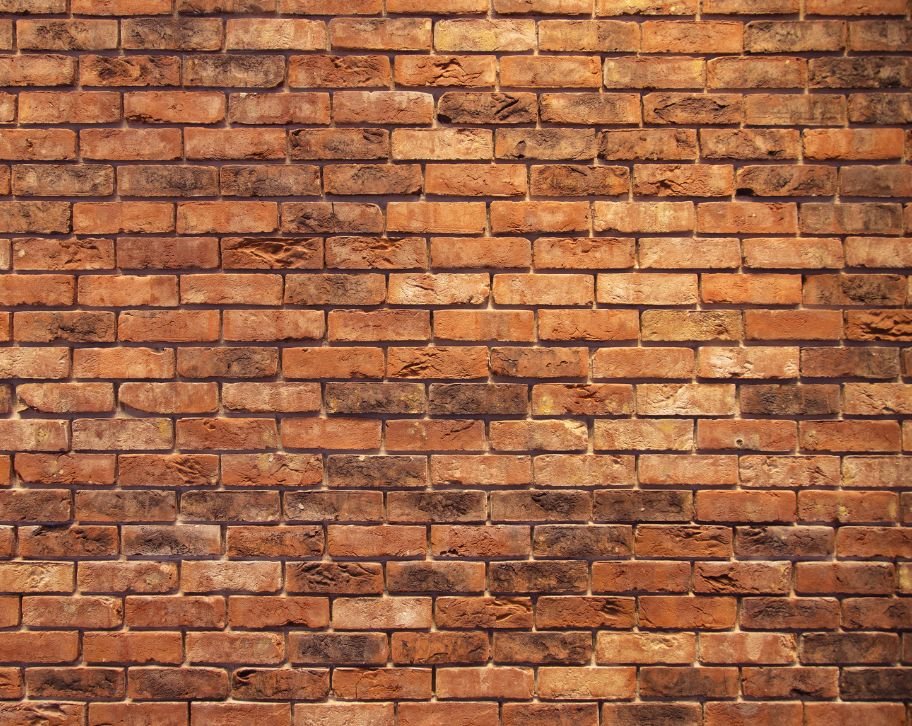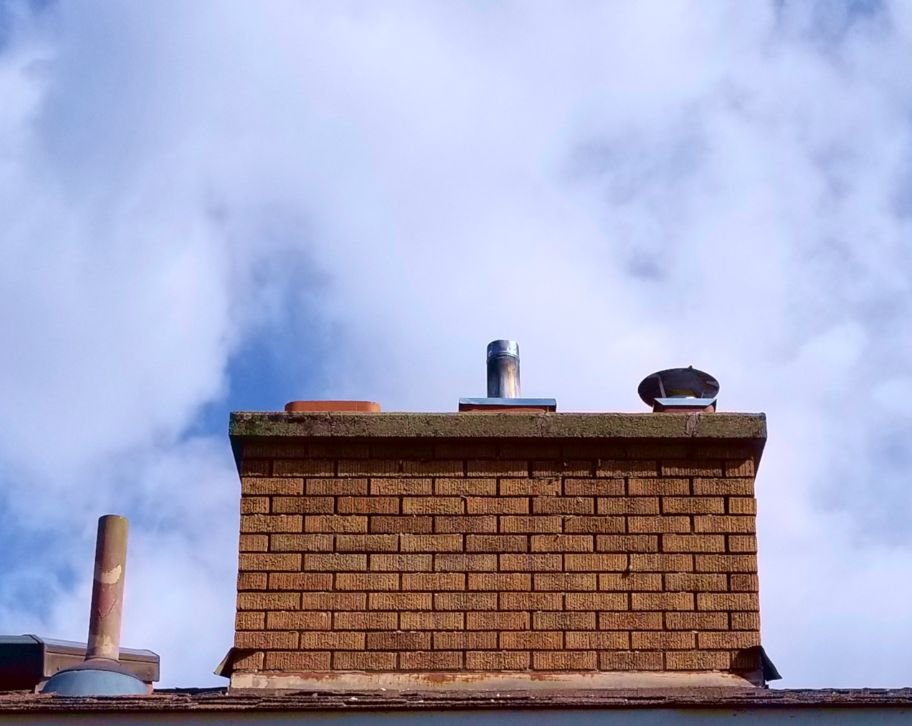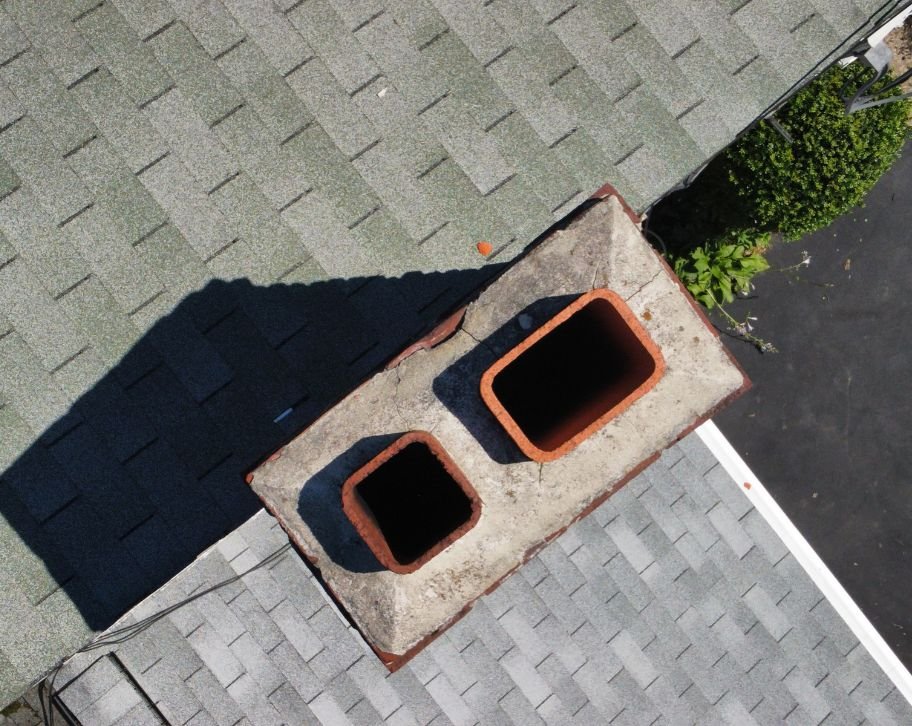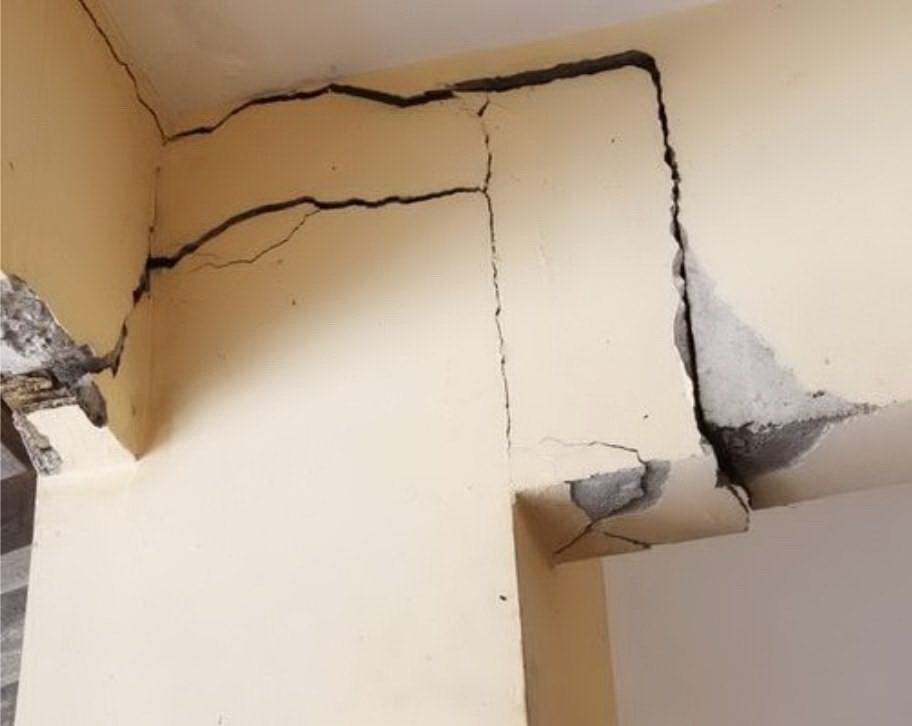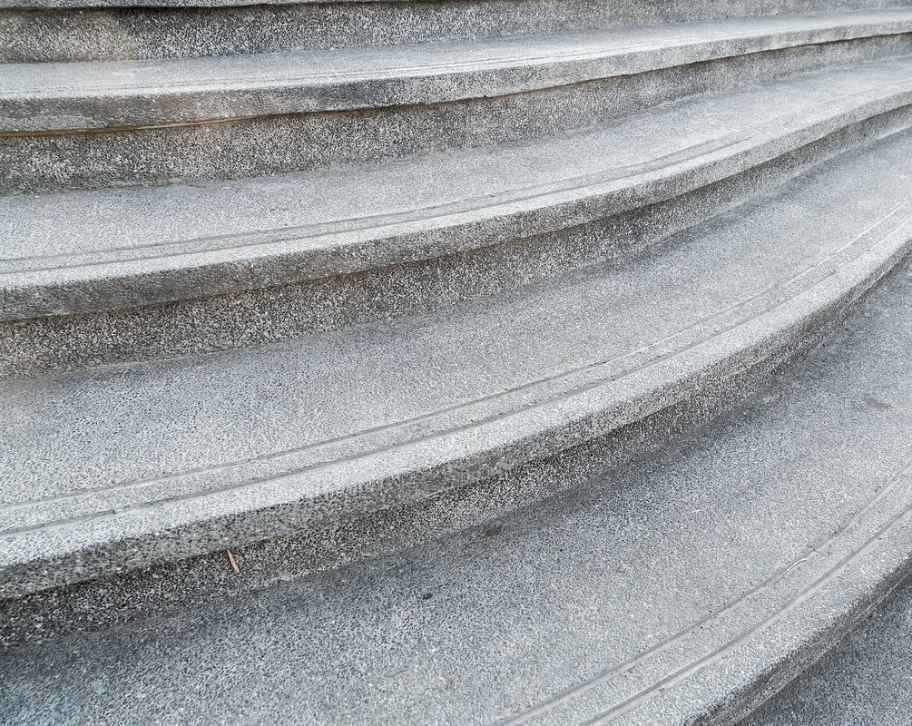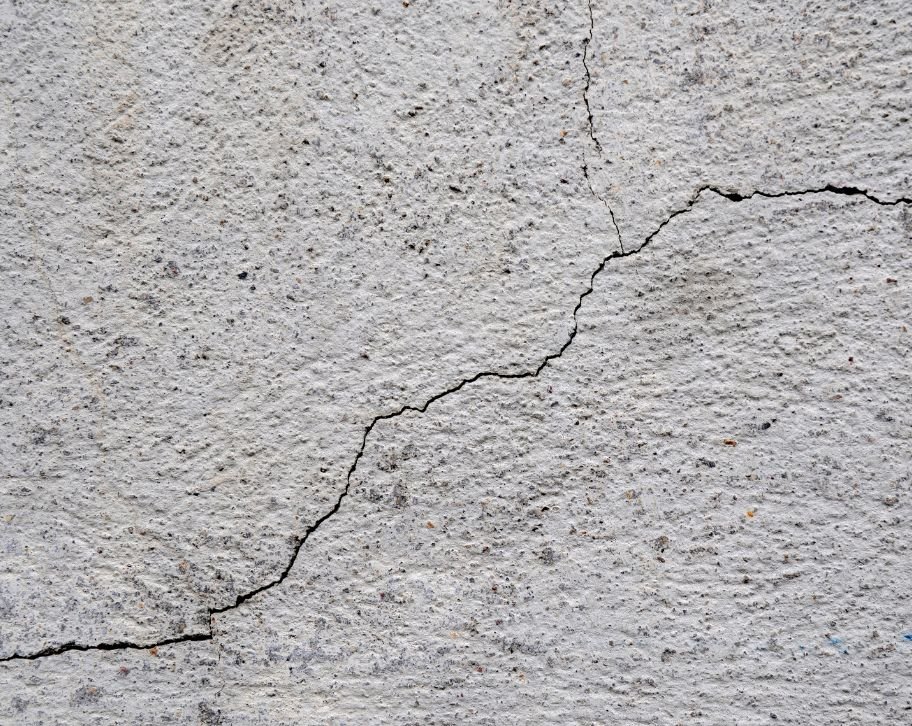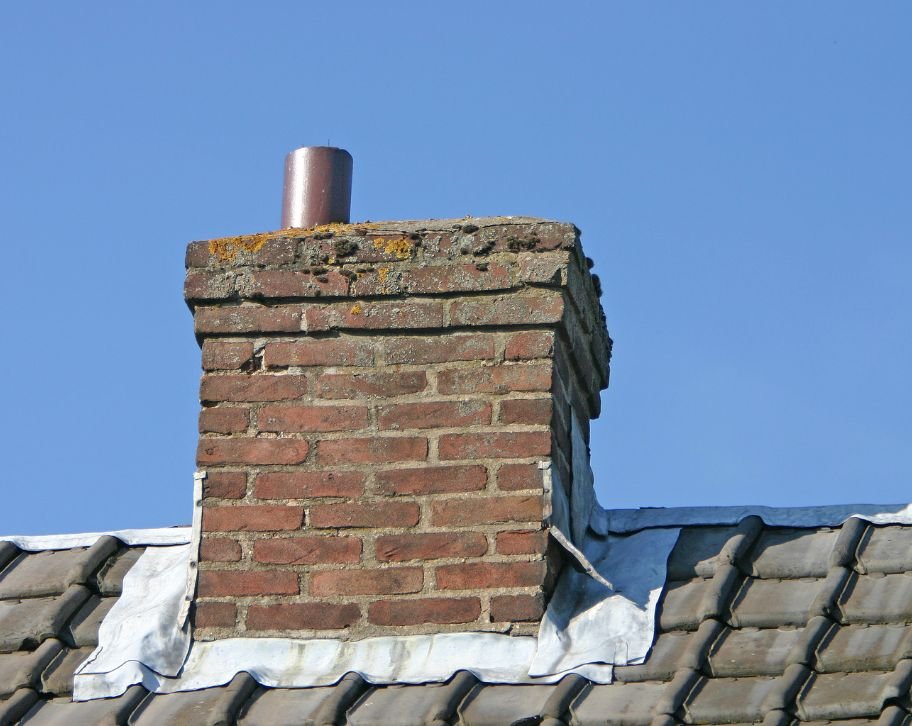What is Efflorescence in Concrete?
What is Efflorescence in Concrete? Fredericton weather can make concrete surfaces show unexpected white patches. This effect is called efflorescence, and knowing why it happens is the first step to solving it. These unsightly marks can turn your beautiful concrete structures into an eyesore, causing concern for homeowners and builders alike. Efflorescence is a natural process where mineral salts within concrete migrate to the surface, creating whitish crystalline deposits. This occurs when water moves through the concrete, dissolving these salts and carrying them to the surface where they crystallize upon evaporation. What is actually efflorescence? Efflorescence is like a hidden mineral story unfolding on your concrete surface. Derived from Latin words meaning “to flower,” it describes how salt deposits mysteriously bloom across building materials. Imagine soluble salts migrating through porous building structures, creating a white, powdery substance that appears almost magically. This isn’t mold or mildew, it’s a unique mineral dance happening within your masonry walls. These salt traces emerge when water-soluble salts travel through capillary channels, leaving behind a chalky, white salt deposits landscape. Your concrete slab becomes a canvas for this natural crystallization process. Calcium hydroxide plays a starring role in this mineral migration, transforming your structural material into an unexpected display of environmental chemistry. Different Types of efflorescence Primary efflorescence Primary efflorescence emerges during the early stages of concrete formation. Within the first 72 hours of curing, excess moisture trapped in the material triggers a natural salt migration process. This initial salt crystallization is a normal part of the concrete’s drying journey, revealing the material’s internal chemical interactions. Secondary efflorescence Secondary efflorescence appears later as an unwelcome guest, signaling ongoing moisture problems in your building material. Unlike its primary counterpart, this type results from external salt intrusion and continuous water exposure. It often indicates deeper structural moisture issues that might require professional investigation and potential remediation strategies. 4 causes of concrete efflorescence Soluble salts within concrete materials combine with moisture, creating a perfect environment for white, powdery mineral migration through porous surfaces. Water-soluble elements travel through capillary channels, carrying dissolved minerals that eventually crystallize on exterior concrete surface structures. Calcium hydroxide, a natural byproduct of cement hydration, plays a critical role in facilitating salt movement and salt deposit formation. Environmental conditions like temperature, humidity, and external moisture sources significantly influence the intensity and frequency of efflorescence development in masonry materials. Common locations and affected surfaces Concrete slab-on-grade foundations frequently experience efflorescence, revealing moisture migration patterns through foundational structural elements. Outdoor concrete surfaces like patios and sidewalks are prime locations for white, salt crystallization due to constant environmental exposure. Chimneys with masonry construction often display efflorescence markings, indicating potential water penetration and mineral migration issues. Stucco walls become vulnerable surfaces where salt deposits can visibly accumulate, signaling underlying moisture transmission challenges. Stem walls in crawlspaces are susceptible to hidden efflorescence, potentially indicating long-term moisture and structural integrity concerns. Brickwork and pavers represent common external surfaces where white, powdery mineral formations frequently manifest and become noticeable. Identification and testing Visual identification of efflorescence involves recognizing its distinctive white, powdery, and crystalline appearance on porous surfaces. The substance typically looks like a fine, chalky deposit that can range from subtle to prominent patches. The vinegar test provides a quick method to differentiate efflorescence from mold or other surface deposits. When vinegar is applied to the white substance, efflorescence will typically fizz or react, while mold will remain unchanged, helping confirm the mineral nature of the deposit. Key distinguishing characteristics include the material’s texture, color consistency, and its ability to emerge through solid surfaces. Unlike mold, efflorescence is mineral-based and does not have organic growth properties. Potential impacts and risks Aesthetic degradation occurs as white, powdery mineral deposits create unsightly surfaces, diminishing the visual appeal of concrete and masonry structures. Efflorescence serves as a critical warning sign, indicating potential hidden moisture penetration and underlying water transmission problems within building materials. Prolonged mineral migration can compromise concrete and masonry structural integrity, potentially leading to gradual deterioration of building components. Untreated efflorescence may escalate into more severe structural challenges, causing increased porosity, weakened surfaces, and expensive future repair requirements. How to prevent concrete efflorescence? Precise concrete mixing Getting the concrete mix right from the start is crucial in preventing efflorescence. The key lies in using the correct water-to-cement ratio and ensuring all materials are properly measured. When too much water is used, it creates pathways for salts to move through the concrete, eventually causing efflorescence. Following exact mixing specifications and using quality materials can significantly reduce this risk. Advanced admixture integration Modern concrete technology offers various admixtures that can help combat efflorescence. By adding materials like fly ash to the concrete mix, you create a denser structure that resists salt movement. These additives work by forming chemical bonds with free minerals, effectively locking them in place and preventing them from reaching the surface where efflorescence occurs. Professional curing techniques The curing process plays a vital role in preventing efflorescence. By controlling the rate at which concrete dries and ensuring even moisture distribution throughout the material, you can minimize the movement of salts within the concrete. This involves maintaining consistent temperature and humidity levels during the crucial early stages of concrete hardening. Construction moisture management Water management during construction is essential for preventing efflorescence. This includes protecting concrete from rain, groundwater, and other moisture sources during and after installation. Proper drainage systems and waterproofing measures should be implemented to keep excess water away from concrete surfaces and foundations. Strategic mix design selection Choosing the right concrete mix design is fundamental in preventing efflorescence. The focus should be on selecting mixes with low permeability characteristics and minimal soluble salt content. A well-designed mix will naturally resist water penetration and limit the movement of minerals through the concrete, significantly reducing the likelihood of efflorescence formation. Concrete efflorescence removal and treatment methods Mechanical removal of efflorescence through dry brushing can be an initial, non-invasive approach. Using stiff-bristled brushes, homeowners can gently sweep away loose mineral deposits


